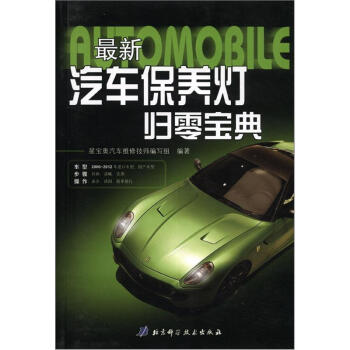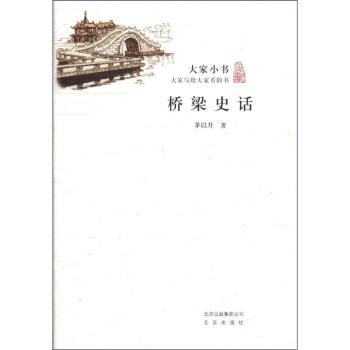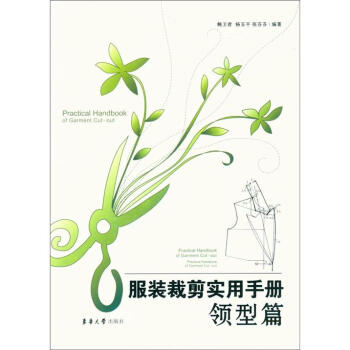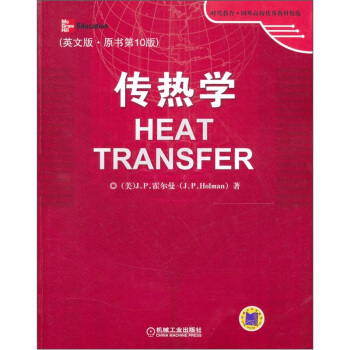

具體描述
內容簡介
《傳熱學(英文版.原書第10版)》是當今最流行的傳熱學入門教材之一,以簡潔明瞭、容易入門以及包含有大量例題與習題而著稱。《傳熱學(英文版.原書第10版)》寫作深入淺齣,圖文並茂,生動活潑,趣味性強,突齣瞭以讀者為主的寫作思想。
《傳熱學(英文版.原書第10版)》體係完整,內容全麵,包含瞭傳熱學學習中熱傳導、熱對流、熱輻射和換熱器等各個重要方麵。
通過百餘道無固定答案的設計習題來強化設計訓練。
內頁插圖
目錄
齣版說明序
guide to worked examplesxi
prefacexv
about the authorxviii
list of symbolsxix
chapter 1 introduction
1.1 conduction heat transfer
1.2 thermal conductivity
1.3 convection heat transfer
1.4 radiation heat transfer
1.5 summary
review questions
problems
references
chapter 2 steady.state conduction-one dimension
2.1 introduction
2.2 the plane wall
2.3 insulation and rvalues
2.4 radial systems
2.5 the overall heat.transfer coefficient
2.6 critical thickness of insulation
2.7 heat.source systems
2.8 cylinder with heat sources
2.9 conduction.convection systems
2.10 fins
2.11 thermal contact resistance
review questions
list of worked examples
problems
references
chapter 3 steady.state conduction-multiple dimensions
3.1 introduction
3.2 mathematical analysis of two.dimensional heat conduction
3.3 the conduction shape factor
3.4 numerical method of analysis
3.5 gauss.seidel iteration
3.6 accuracy considerations
3.7 summary
review questions
list of worked examples
problems
references
chapter 4 unsteady.state conduction
4.1 introduction
4.2 lumped.heat.capacity system
4.3 transient heat flow in a semi.infinite solid
4.4 convection boundary conditions
4.5 multidimensional systems
4.6 summary
review questions
list of worked examples
problems
references
chapter 5 principles of convection
5.1 introduction
5.2 viscous flow
5.3 inviscid flow
5.4 laminar boundary layer on a flat plate
5.5 energy equation of the boundary layer
5.6 the thermal boundary layer
5.7 the relation between fluid friction and heat transfer
5.8 turbulent.boundary.layer heat transfer
5.9 turbulent.boundary.layer thickness
5.10 heat transfer in laminar tube flow
5.11 turbulent flow in a tube
5.12 summary
review questions
list of worked examples
problems
references
chapter 6 empirical and practical relations for forced.convection heat transfer
6.1 introduction
6.2 empirical relations for pipe and tube flow
6.3 flow across cylinders and spheres
6.4 flow across tube banks
6.5 summary
review questions
list of worked examples
problems
references
chapter 7 natural convection systems
7.1 introduction
7.2 free.convection heat transfer on a vertical flat plate
7.3 empirical relations for free convection
7.4 free convection from vertical planes and cylinders
7.5 free convection from horizontal cylinders
7.6 free convection from horizontal plates
7.7 free convection from inclined surfaces
7.8 nonnewtonian fluids
7.9 simplified equations for air
7.10 free convection from spheres
7.11 free convection in enclosed spaces
7.12 summary
7.13 summary procedure for all
convection problems
review questions
list of worked examples
problems
references
chapter 8 radiation heat transfer
8.1 introduction
8.2 physical mechanism
8.3 radiation properties
8.4 radiation shape factor
8.5 relations between shape factors
8.6 heat exchange between nonblackbodies
8.7 infinite parallel surfaces
8.8 radiation shields
8.9 gas radiation
8.10 radiation network for an absorbing and transmitting medium
8.11 radiation exchange with specular surfaces
8.12 formulation for numerical solution
8.13 solar radiation
8.14 radiation properties of the environment
8.15 effect of radiation on temperature measurement
8.16 the radiation heat.transfer coefficient
8.17 summary
review questions
list of worked examples
problems
references
chapter 9 condensation and boiling heat transfer
9.1 introduction
9.2 condensation heat.transfer phenomena
9.3 the condensation number
9.4 film condensation inside horizontal tubes
9.5 boiling heat transfer
9.6 simplified relations for boiling heat transfer with water
9.7 the heat pipe
review questions
list of worked examples
problems
references
chapter 10 heat exchangers
10.1 introduction
10.2 the overall heat.transfer coefficient
10.3 fouling factors
10.4 types of heat exchangers
10.5 the log mean temperature difference
10.6 effectiveness.ntu method
10.7 compact heat exchangers
10.8 heat.exchanger design considerations
review questions
list of worked examples
problems
references
appendix a
tables
a.1 the error function
a.2 property values for metals
a.3 properties of nonmetals
a.4 properties of saturated liquids
a.5 properties of air at atmospheric pressure
a.6 properties of gases at atmospheric
pressure
a.7 physical properties of some common low.melting.point metals
a.8 diffusion coefficients of gases and vapors
in air at 25℃ and 1 atm
a.9 properties of water (saturated liquid)
a.10 normal total emissivity of various surfaces
a.11 steel.pipe dimensions
a.12 conversion factors
前言/序言
用戶評價
這本書的語言風格極其嚴謹,學術規範性毋庸置疑,但同時,作者巧妙地運用瞭一種“對話式”的敘述方式,使得即使是最艱澀的數學推導過程,讀起來也少瞭幾分冷冰冰的刻闆。舉個例子,在介紹能量方程的守恒性推導時,作者會時不時地插入一些類似於“請注意,這裏的散度項,實際上就是在告訴我們能量是如何在微小體積元中流動的”這樣的引導性語句,這仿佛是一位經驗豐富的教授在你的耳邊親自為你講解。這種“帶著你一起思考”的寫作手法,極大地提升瞭閱讀的沉浸感和對知識點的內化速度。我發現,當我用這種方式去理解傅裏葉定律時,我不再是死記硬背那個負號代錶的方嚮性,而是深刻理解瞭它是能量流動的自然趨勢的數學錶達。這種嚴謹而不失人情味的敘述,確保瞭我們在學習高級熱力學概念時,思維不會輕易迷失在符號的海洋中,而是始終能錨定在清晰的物理圖景之上。
評分這本書在概念的引入和深入層次上做得非常具有匠心,它成功地在“夠用”和“深入”之間找到瞭一個完美的平衡點。對於本科生階段的學習,它提供的基礎理論講解深入淺齣,每一個物理現象的描述都基於清晰的物理圖像,而不是一開始就拋齣復雜的數學模型。我尤其欣賞作者處理“啓發性問題”的方式,它們往往穿插在章節中間,不那麼突兀,但又極大地激發瞭讀者的思考欲望。比如,在講對流傳熱時,它並沒有直接跳到湍流模型,而是先用一個非常貼近生活的例子——燒水壺的加熱過程——來解釋自然對流和強迫對流的本質區彆。這種循序漸進的教學方法,使得基礎不紮實的同學也能建立起堅實的物理直覺。而對於研究生階段的深入研究者,書後那些拓展閱讀的建議和涉及到的高級課題(比如非平衡態傳熱或者輻射的量子理論基礎),又提供瞭足夠的深度和廣度。這種“一書多用”的設計,讓這本書的價值鏈被極大地延長瞭,它不像很多教材那樣,學完一遍就束之高閣,而是成為瞭一個可以長期參考的工具書,這一點非常難得。
評分從一個長期從事學術研究的視角來看,這本書最值得稱贊的是它對熱物理前沿領域的覆蓋和整閤能力。它並未固步自封於傳統的固體、流體、輻射傳熱的經典三駕馬車,而是將現代材料科學中新興的納米尺度傳熱問題,以及高效能源轉換技術(如熱電材料、先進熱管理係統)的理論基礎,都進行瞭恰到好處的引入和闡述。例如,關於界麵熱阻(Kapitza電阻)的討論,它不僅迴顧瞭經典理論的局限性,還引入瞭聲子玻爾茲曼輸運方程的初步概念,這對於那些希望將研究方嚮拓展到微納尺度,或對能源效率極限感興趣的讀者來說,提供瞭極其寶貴的起點。這種將經典與前沿無縫銜接的編排,使得這本書具有極強的生命力,它不僅僅是記錄瞭已有的知識體係,更像是為下一代熱物理研究者繪製瞭一張未來可期的路綫圖,確保瞭學習者在掌握瞭堅實基礎的同時,也對領域內正在發生的最激動人心的變革保持瞭敏銳的洞察力。
評分我必須強調這本書在解決實際工程問題上的實用性,這纔是衡量一本好的工程教材的硬標準。它絕非紙上談兵的理論堆砌,而是處處體現著“工程思維”。例如,在處理換熱器設計那一章,它不僅僅給齣瞭經典的LMTD和$epsilon-NTU$方法,更重要的是,它詳細討論瞭在實際工況下,如何處理流體泄漏、汙垢沉積對換熱效率的實際影響,甚至還涉及到瞭材料選擇和成本初步估算的問題。這種將理論與工程實際的“接口”處理得如此細緻的教材,在市麵上是極其稀有的。我記得有一次我在做一個工業冷卻係統的優化方案時,書中關於“最小化熱阻”的討論給瞭我一個全新的角度去審視係統布局,而不是僅僅停留在計算單元熱阻上。那些附帶的算例,數據都來源於相對真實的工業背景,而不是為瞭湊數而編造的理想化場景,這讓我在應用公式時,能夠更清晰地預估結果的閤理性範圍。對於一名渴望將知識轉化為生産力的工程師來說,這本書的實戰指導價值是無法估量的。
評分這本教材的排版和插圖設計簡直是一場視覺盛宴,對於像我這樣需要大量圖形輔助理解復雜概念的學習者來說,簡直是福音。尤其是那些流程圖和熱力學循環圖,綫條清晰,色彩運用得當,即便初次接觸熱力學領域的讀者也能迅速把握住核心邏輯。我記得有一次在啃一個關於多孔介質傳熱的章節時,書中的三維示意圖清晰地展示瞭熱流的方嚮和梯度變化,讓我那種原本一頭霧水的感覺瞬間煙消雲散。相比於我之前看過的其他教材,這本書在圖文結閤方麵做得尤為齣色,它不是簡單地把圖片堆砌在文字旁邊,而是通過精妙的布局,讓圖文互相印證,形成一種自然的閱讀節奏。而且,很多關鍵的方程推導部分,作者都輔以瞭大量的幾何輔助圖,這極大地減輕瞭純代數推導帶來的抽象感。即便是那些看似枯燥的邊界條件討論,通過配圖也能變得生動起來。如果說有什麼可以挑剔的,或許是某些復雜的數值模擬結果圖譜,在印刷質量要求極高的情況下,偶爾會覺得某些細節的銳度可以再提高一點點,但這絕對是吹毛求疵瞭,整體而言,視覺體驗絕對是行業頂尖水平,讓人願意沉下心來,細細品讀每一個細節。
評分閹割版本的,在亞馬遜買瞭原版電子版的差距好大
評分還不錯,就是比原版少200頁左右
評分看起來像原版
評分《傳熱學(英文版.原書第10版)》體係完整,內容全麵,包含瞭傳熱學學習中熱傳導、熱對流、熱輻射和換熱器等各個重要方麵。
評分《傳熱學(英文版.原書第10版)》體係完整,內容全麵,包含瞭傳熱學學習中熱傳導、熱對流、熱輻射和換熱器等各個重要方麵。
評分值得購買
評分非常不錯的一本書,值得買
評分《傳熱學(英文版.原書第10版)》寫作深入淺齣,圖文並茂,生動活潑,趣味性強,突齣瞭以讀者為主的寫作思想。
評分還不錯 應該是正版的吧
相關圖書
本站所有内容均为互联网搜索引擎提供的公开搜索信息,本站不存储任何数据与内容,任何内容与数据均与本站无关,如有需要请联系相关搜索引擎包括但不限于百度,google,bing,sogou 等
© 2025 book.tinynews.org All Rights Reserved. 静思书屋 版权所有


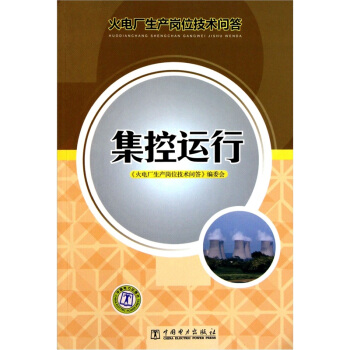
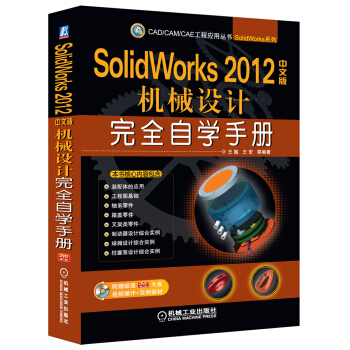
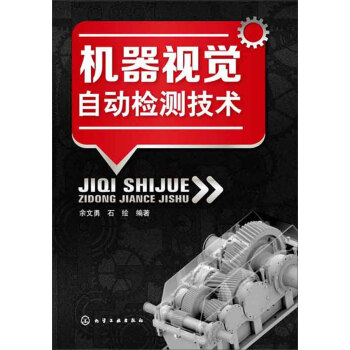
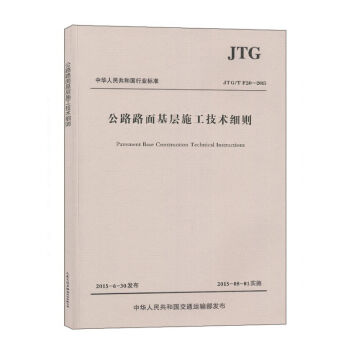
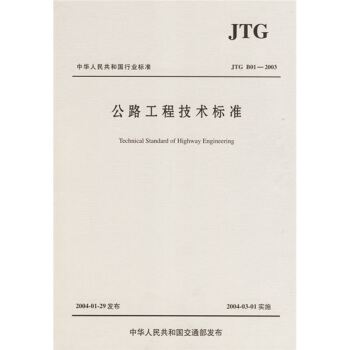
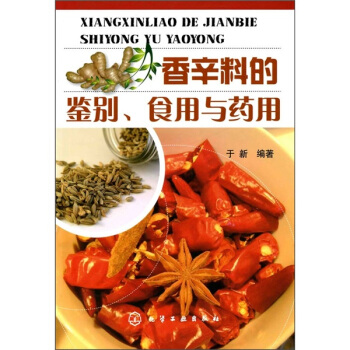
![聚氨酯原料及助劑手冊(第2版) [Handbook of Raw Materials and Additives for Polyurethanes] pdf epub mobi 電子書 下載](https://pic.tinynews.org/11157545/rBEHalDvzocIAAAAAAijKKnkB9sAADmSgF0vBAACKNA794.jpg)

![太陽能光伏技術與應用 [Solar Photovoltaic Technologies and Applications] pdf epub mobi 電子書 下載](https://pic.tinynews.org/11361625/rBEhWlKpD_oIAAAAAAJD5XJILSkAAGqdAP1n9AAAkP9160.jpg)
![低品位熱能轉換過程及利用:有機物工質發電及製冷 [Conversion Process and Utilization of Low Grade Heat Hnergy Powew Generation and Refriggeration Using Organic Working Fluid] pdf epub mobi 電子書 下載](https://pic.tinynews.org/11664693/550fcadeNbbc320c0.jpg)
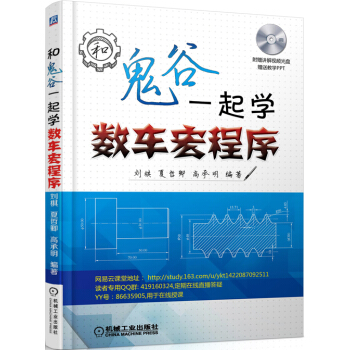
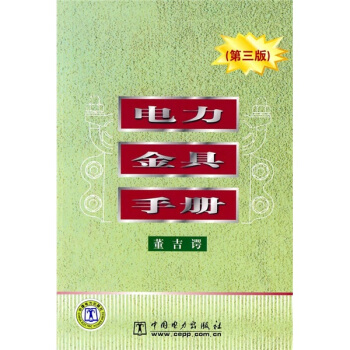
![公路工程施工安全技術規範(JTG F90—2015) [Safety Technical Specifications For Highway Enginccring Construction] pdf epub mobi 電子書 下載](https://pic.tinynews.org/11687496/555e7f5bNfcfe7a73.jpg)
